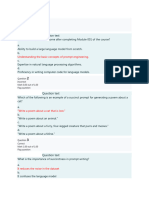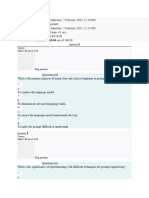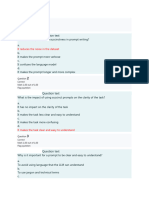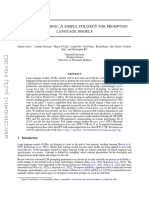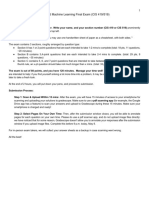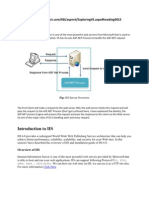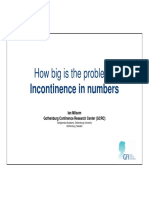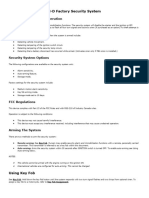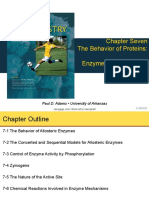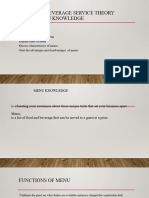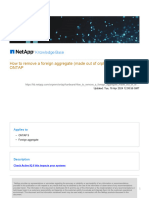0% found this document useful (0 votes)
331 views7 pagesAssignment 8 Solution
The document contains an assignment on Large Language Models with 10 questions, each worth 1 mark, covering topics such as instruction tuning, soft prompts, fine-tuning, and evaluation metrics. Each question includes correct answers and detailed explanations of the concepts involved. The assignment aims to assess understanding of key mechanisms and challenges in the field of LLMs.
Uploaded by
Harsh Vardhan ChoudharyCopyright
© © All Rights Reserved
We take content rights seriously. If you suspect this is your content, claim it here.
Available Formats
Download as PDF, TXT or read online on Scribd
0% found this document useful (0 votes)
331 views7 pagesAssignment 8 Solution
The document contains an assignment on Large Language Models with 10 questions, each worth 1 mark, covering topics such as instruction tuning, soft prompts, fine-tuning, and evaluation metrics. Each question includes correct answers and detailed explanations of the concepts involved. The assignment aims to assess understanding of key mechanisms and challenges in the field of LLMs.
Uploaded by
Harsh Vardhan ChoudharyCopyright
© © All Rights Reserved
We take content rights seriously. If you suspect this is your content, claim it here.
Available Formats
Download as PDF, TXT or read online on Scribd
/ 7






